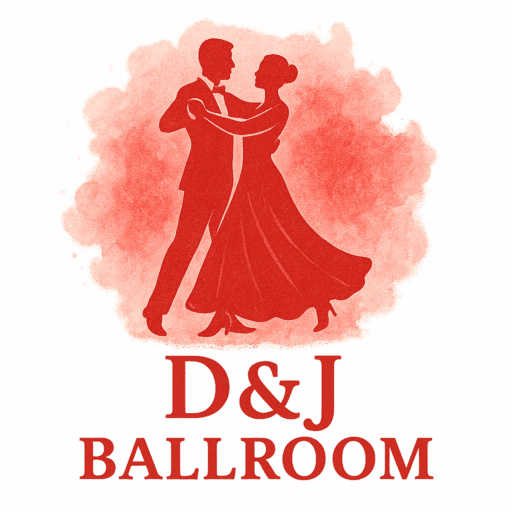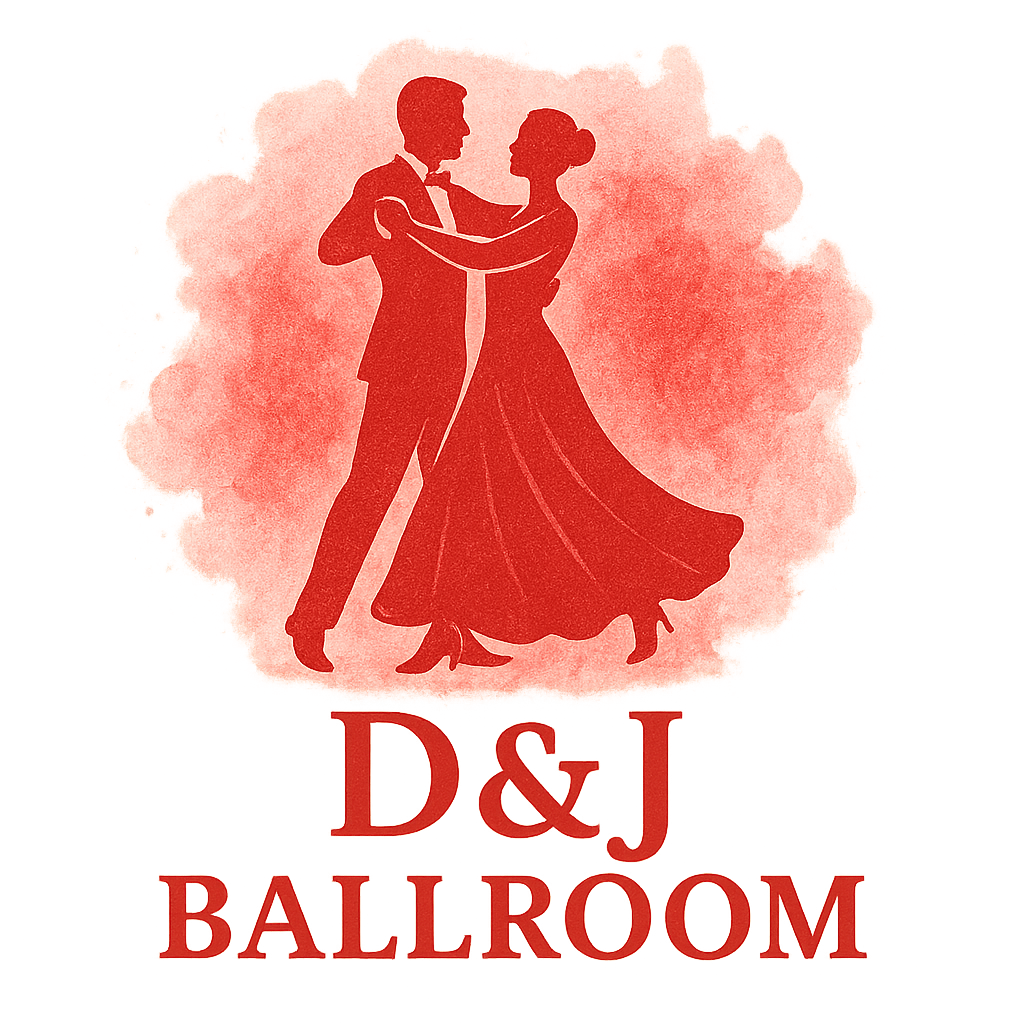Introduction to Ballroom Technique Drills
Ballroom dance is more than movement—it’s a living art form rooted in history and culture. While professional dancers spend years perfecting their craft, beginners can start improving today with simple ballroom technique drills at home.
This guide breaks down 10 beginner-friendly ballroom drills you can practice right in your living room, helping you master posture, rhythm, and style from day one.
Why Practice Ballroom Drills at Home?
Practicing at home isn’t just convenient—it’s a proven way to reinforce what you learn in classes. By applying ballroom techniques and training, you’ll build muscle memory and confidence much faster.
Building Confidence in Dance
Solo practice lets you explore movement without pressure, preparing you for partner work and social dancing.
Improving Muscle Memory
Repetition creates automatic responses—essential in dances like tango, foxtrot, or waltz.
Saving Time and Money
Instead of waiting for weekly lessons, home drills let you squeeze in progress anytime.

Getting Started: Setting Up Your Home Practice Space
Before diving into drills, set up a proper practice area.
Choosing the Right Flooring
Smooth surfaces like hardwood mimic ballroom studio floors.
Proper Footwear
Don’t underestimate the role of ballroom attire and fashion. Shoes with suede or smooth soles help with turns and glides.
Mirrors and Recording Devices
Mirrors and cameras let you spot posture errors early—just like in a studio.
Drill 1: Basic Posture Alignment
Posture is the foundation of all ballroom dance. Many training sessions begin with posture checks.
- Stand tall, shoulders relaxed.
- Engage your core gently.
- Imagine a string pulling you up from the crown of your head.
Do this daily until it becomes second nature.
Drill 2: Frame and Arm Positioning
Frame is how dancers connect. Without it, your partner connection techniques collapse.
Practice solo by holding your arms as if embracing an invisible partner. Keep elbows rounded, wrists soft, and shoulders relaxed.
Drill 3: Weight Transfer Exercise
Every ballroom step depends on proper weight transfer. In dances like the waltz, failing to commit weight makes movement feel clumsy.
- Stand with feet shoulder-width apart.
- Slowly shift weight from side to side.
- Add forward and backward shifts.
Drill 4: Footwork Precision
Clean footwork separates beginners from polished dancers. Study different ballroom dance styles to understand heel vs. toe placement.
Practice slow steps in your living room, focusing on exact placement.
Drill 5: Rise and Fall Practice
The rise and fall gives waltz its signature grace. Explore waltz technique by practicing:
- Bending knees gently.
- Rising onto the balls of your feet.
- Lowering smoothly on the beat.
Drill 6: Timing and Rhythm Awareness
Ballroom lives on rhythm. For tango, cha-cha, or waltz, timing is everything. Explore tango rhythms or count waltz’s “1-2-3” while stepping.
- Clap to the rhythm before stepping.
- Practice moving exactly on the beat.
Drill 7: Spotting for Turns
Turning without spotting often leads to dizziness. Competitors master this skill long before stepping into ballroom events and competitions.
- Choose a point on the wall.
- Keep eyes locked as your body turns.
- Snap your head quickly to refocus.
Drill 8: Hip and Core Engagement
Latin ballroom relies heavily on hip movement, while standard emphasizes core strength. Both are covered under different ballroom styles.
Practice hip rolls for Latin styles and planks for core control in standard dances.
Drill 9: Floor Craft Awareness
In social and competitive settings, dancers share the floor. Practicing event floor movement at home helps you prepare.
- Walk patterns that simulate traffic.
- Practice sidestepping or turning to avoid collisions.
Drill 10: Endurance and Stamina Training
Ballroom can be physically demanding. Many dancers use training drills to boost stamina.
- Practice a single drill nonstop for 5 minutes.
- Dance through an entire cha-cha or quickstep track without pausing.
Tips for Staying Consistent with Drills
Consistency is everything. In ballroom culture, discipline separates hobbyists from true dancers.
- Create a daily practice schedule.
- Track progress with weekly recordings.
Common Mistakes Beginners Make in Ballroom Drills
Even with dedication, mistakes happen. Common errors include:
- Ignoring posture.
- Practicing without intention.
- Neglecting musicality.
Benefits of Regular Ballroom Drills at Home
Dancers who drill at home often shine in competitions and events. Benefits include:
- Faster improvement in class.
- Better floor confidence.
- Stronger partner connection.
Resources for Ballroom Training
Expand your knowledge with these resources:
- Ballroom history and culture articles.
- Online tutorials covering training techniques.
- Virtual coaching from pros.
Conclusion
You don’t need a grand ballroom to start dancing. With these 10 beginner-friendly ballroom technique drills at home, you’ll develop posture, rhythm, and stamina—all the essentials to grow as a dancer. When paired with lessons, competitions, and ballroom culture, these drills will help you dance with confidence anywhere.
FAQs
Q1: How long should I practice ballroom drills at home each day?
Aim for 15–30 minutes daily.
Q2: Do I need ballroom shoes for home practice?
Not immediately, but proper ballroom footwear helps once you’re serious.
Q3: Can I learn ballroom without a partner?
Yes! Many foundational skills, like posture and timing, are solo drills.
Q4: Which dance style should I start with?
Waltz is beginner-friendly—check out waltz basics.
Q5: What’s the most common beginner mistake?
Not practicing posture and frame.
Q6: Are these drills useful for competitions?
Absolutely. They’re the same fundamentals used in competitive ballroom events.
Q7: Where can I learn more?
Explore ballroom dance styles for detailed guides.


